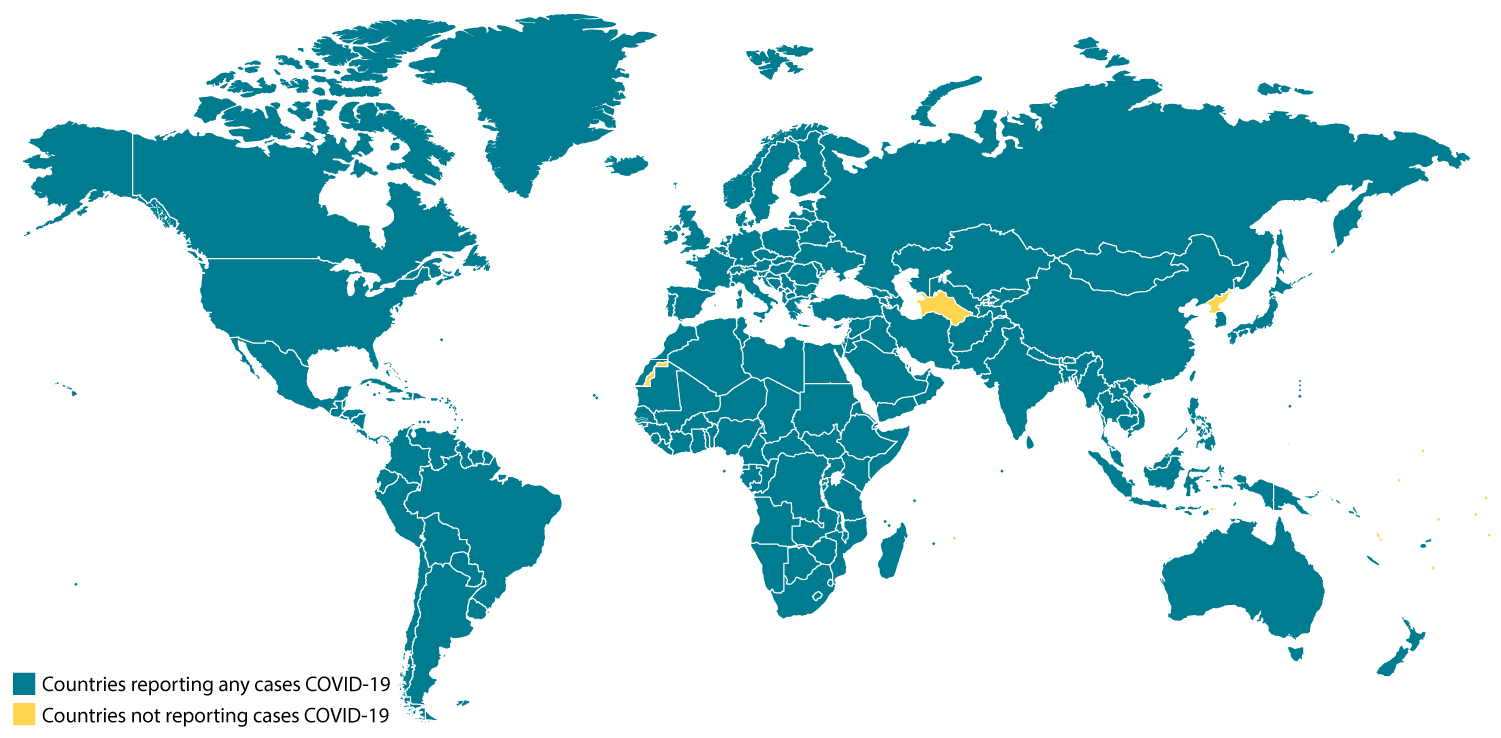What are the signs and symptoms to look out for?
The signs and symptoms of COVID-19 are non-specific. This means that the disease presentation or its signs and symptoms can range from asymptomatic people (no obvious signs or symptoms) to those with mild symptoms (like those associated with the common cold), as well as severe respiratory illness (such as pneumonia). In the case of severe or critical illness, the risk of complications increases and the complications can be life threatening.
Typical signs and symptoms
Most common symptoms:
- Fever
- Dry cough
- Fatigue
- Coughing up slime (producing sputum in the lungs)
- Shortness of breath
- Sore throat
- Headache
- Muscle or joint ache or pain
- Body chills
According to the World Health Organization, in more than 80% of all reported cases, fever is the most typical symptom. This is followed by a dry cough (in around 68% of cases), fatigue (38% of cases), producing sputum (33% of cases) and shortness of breath (nearly 19% of reported cases).
Less common symptoms:
- Nausea or vomiting
- Nasal congestion
- Diarrhoea
- Coughing up of blood or blood-stained mucus
- Intensely red eyes, watery discharge from the eyes, swollen eyelids and light sensitivity.
- loss of taste or smell
- a rash on skin, or discolouration of fingers or toes
Once a person has been exposed to coronavirus, signs and symptoms may start in as little as 2 days or take as long as 14 days.
In most instances, the most obvious signs of infection are mild respiratory symptoms and fever. The time it takes for symptoms to appear is called the 'incubation period'. On average, official reports indicate that signs and symptoms typically develop five to six days after being exposed to the COVID-19 virus. This is often called the 'mean incubation period'. The full incubation period ranges between 1 and 14 days.



